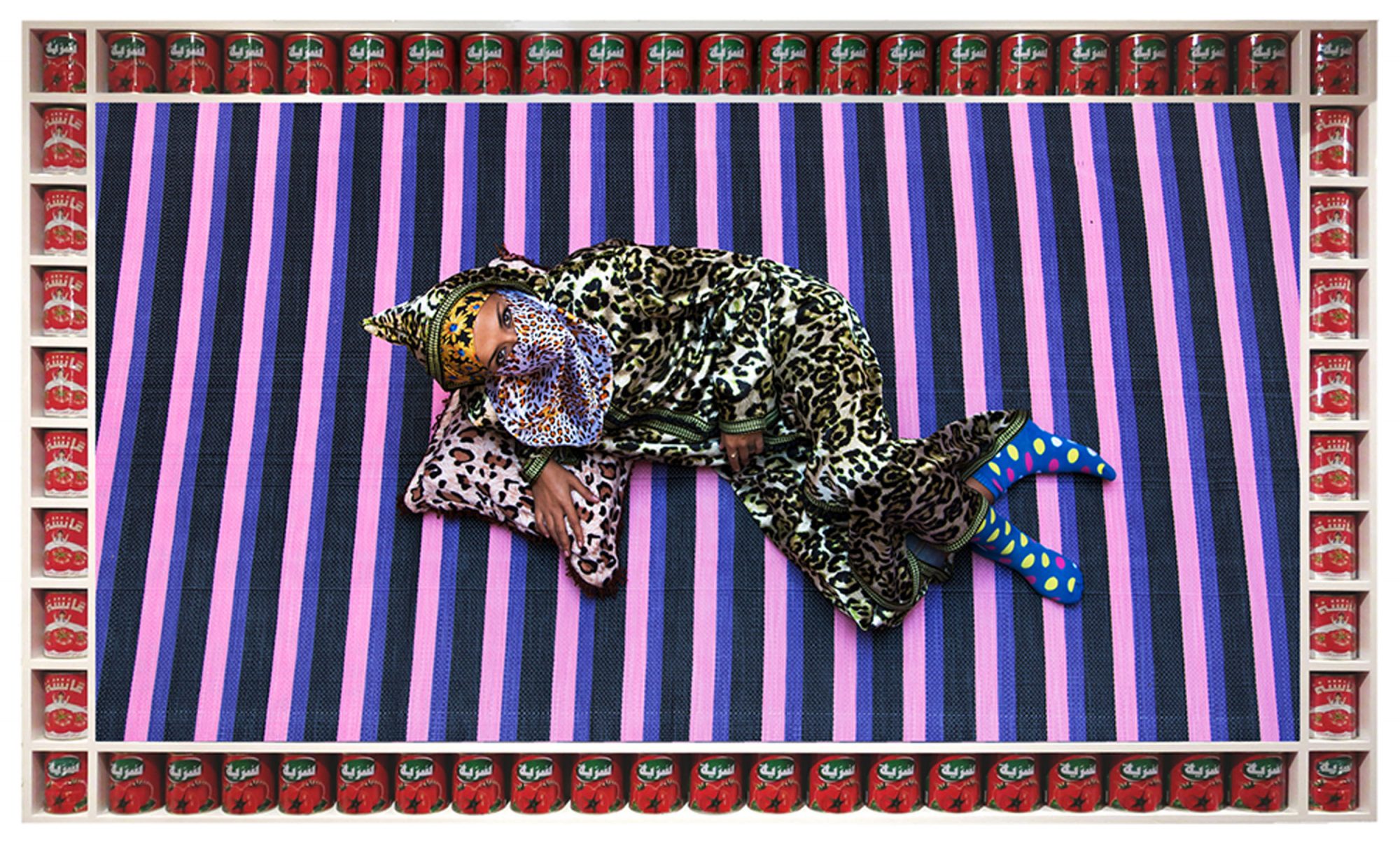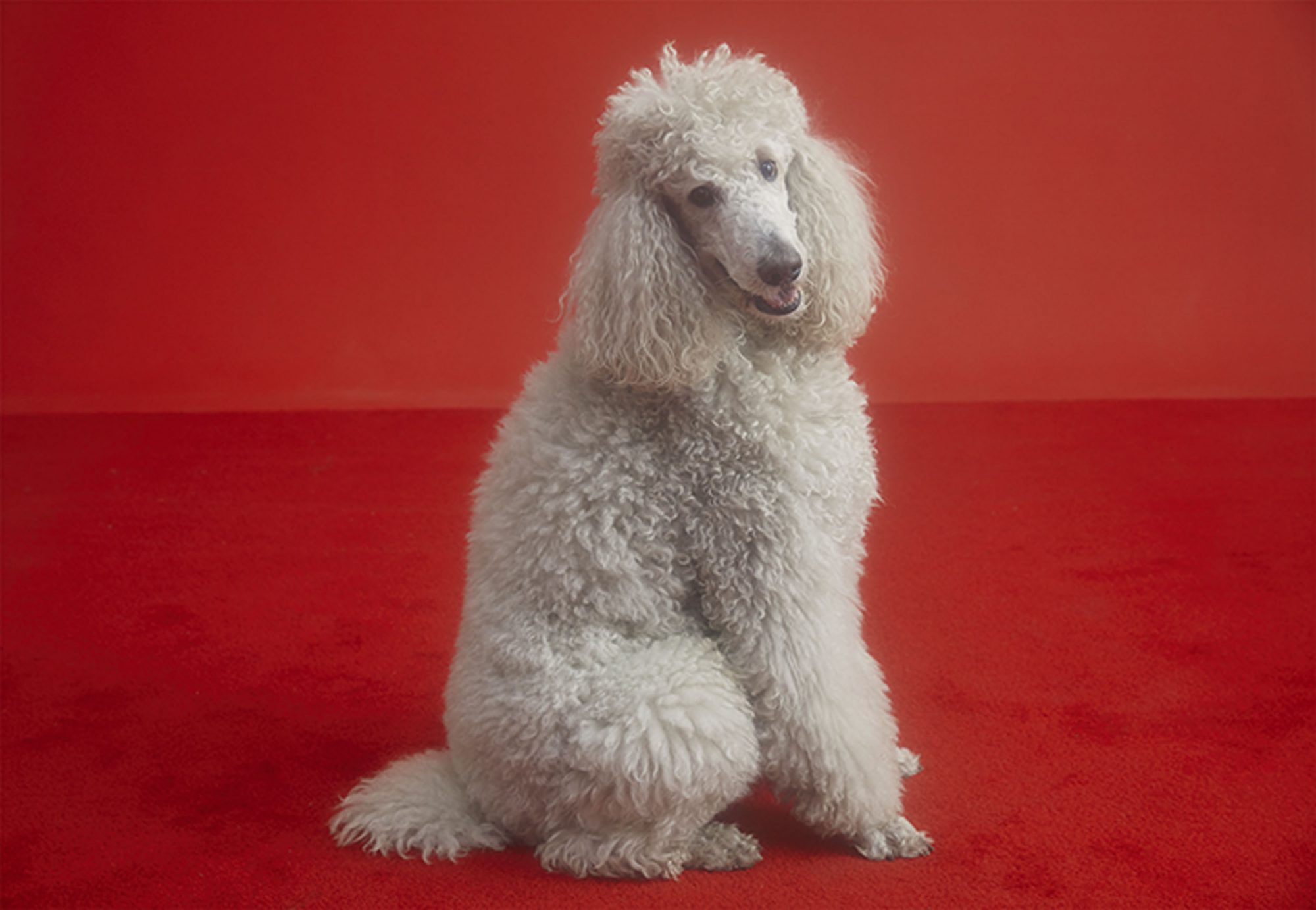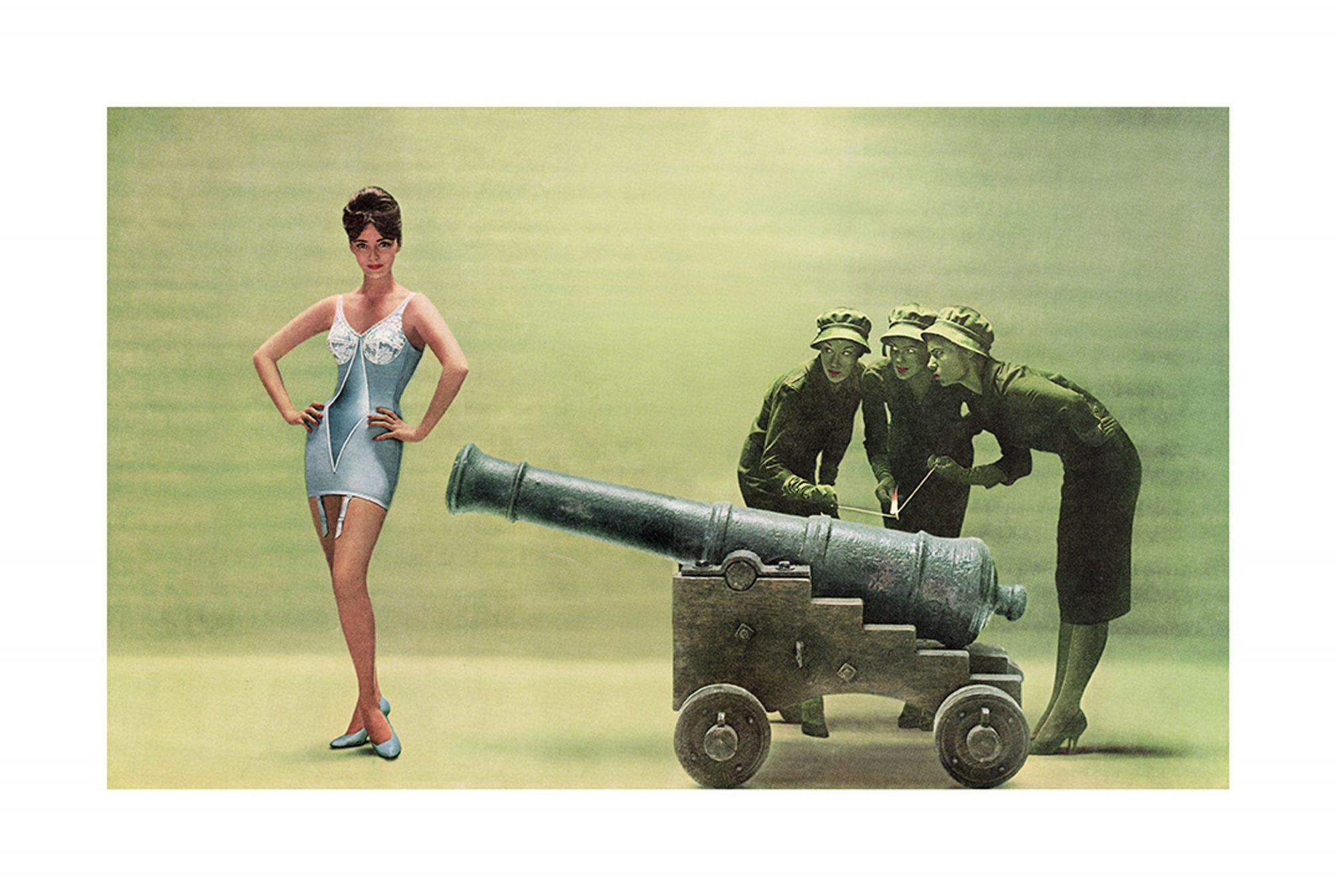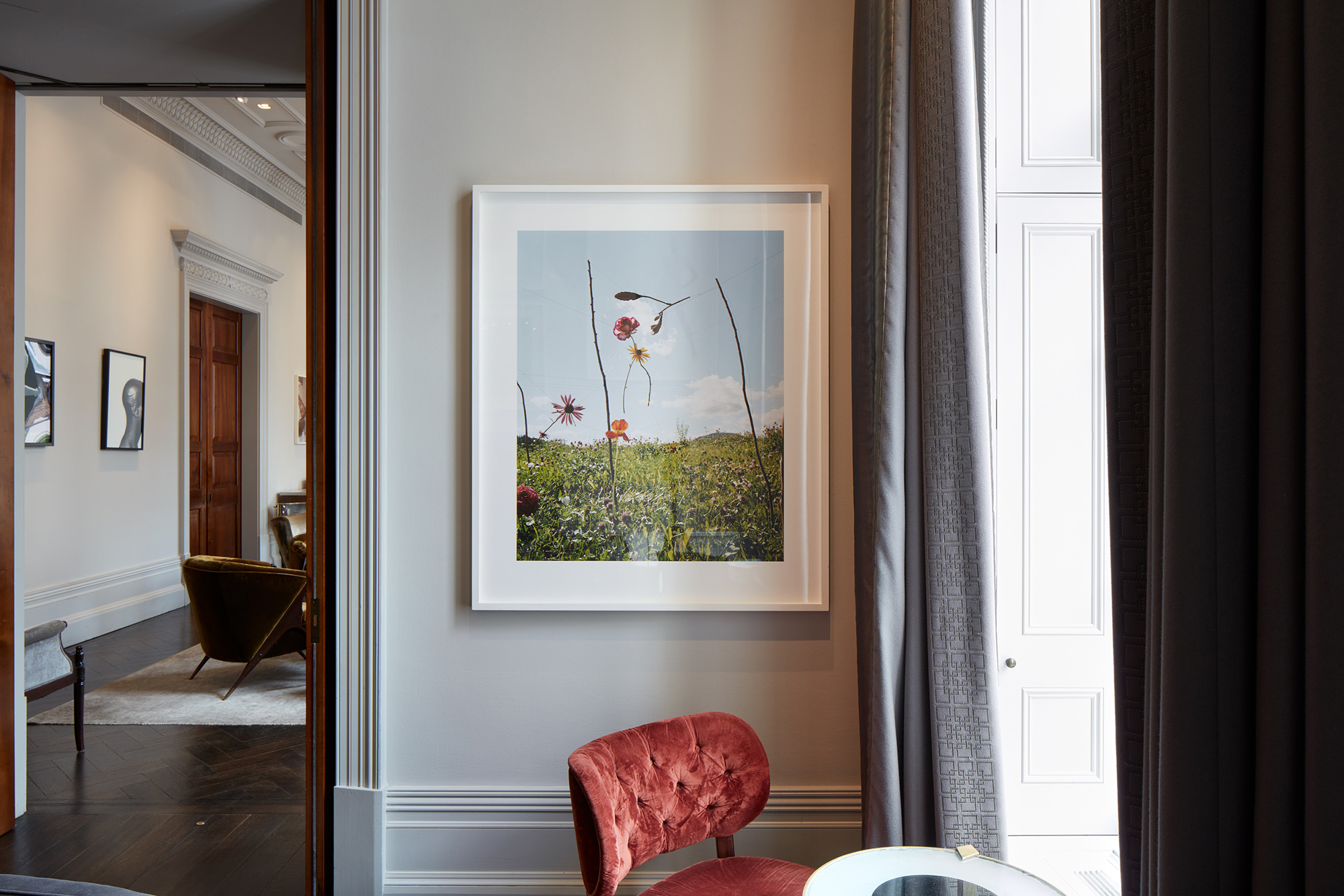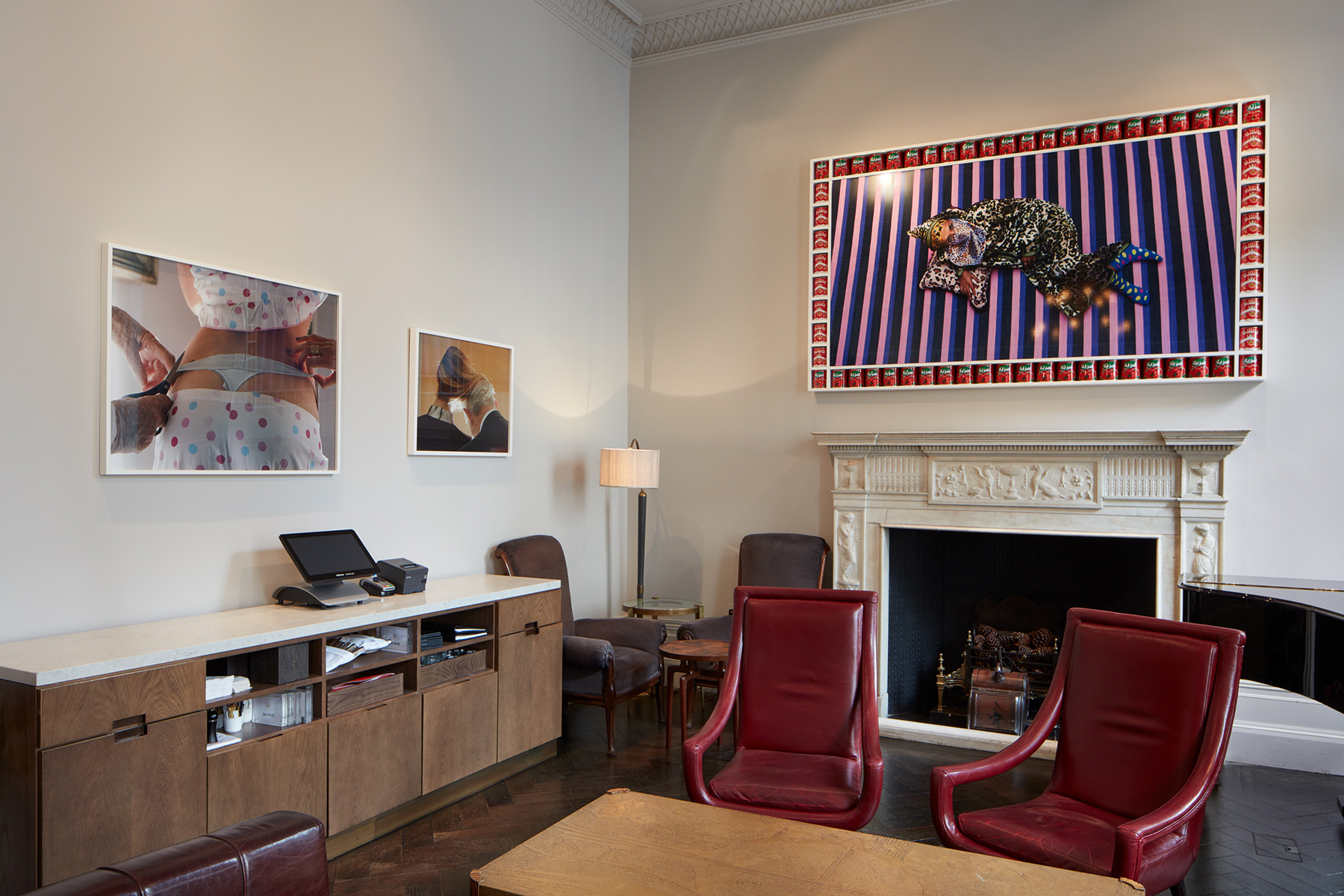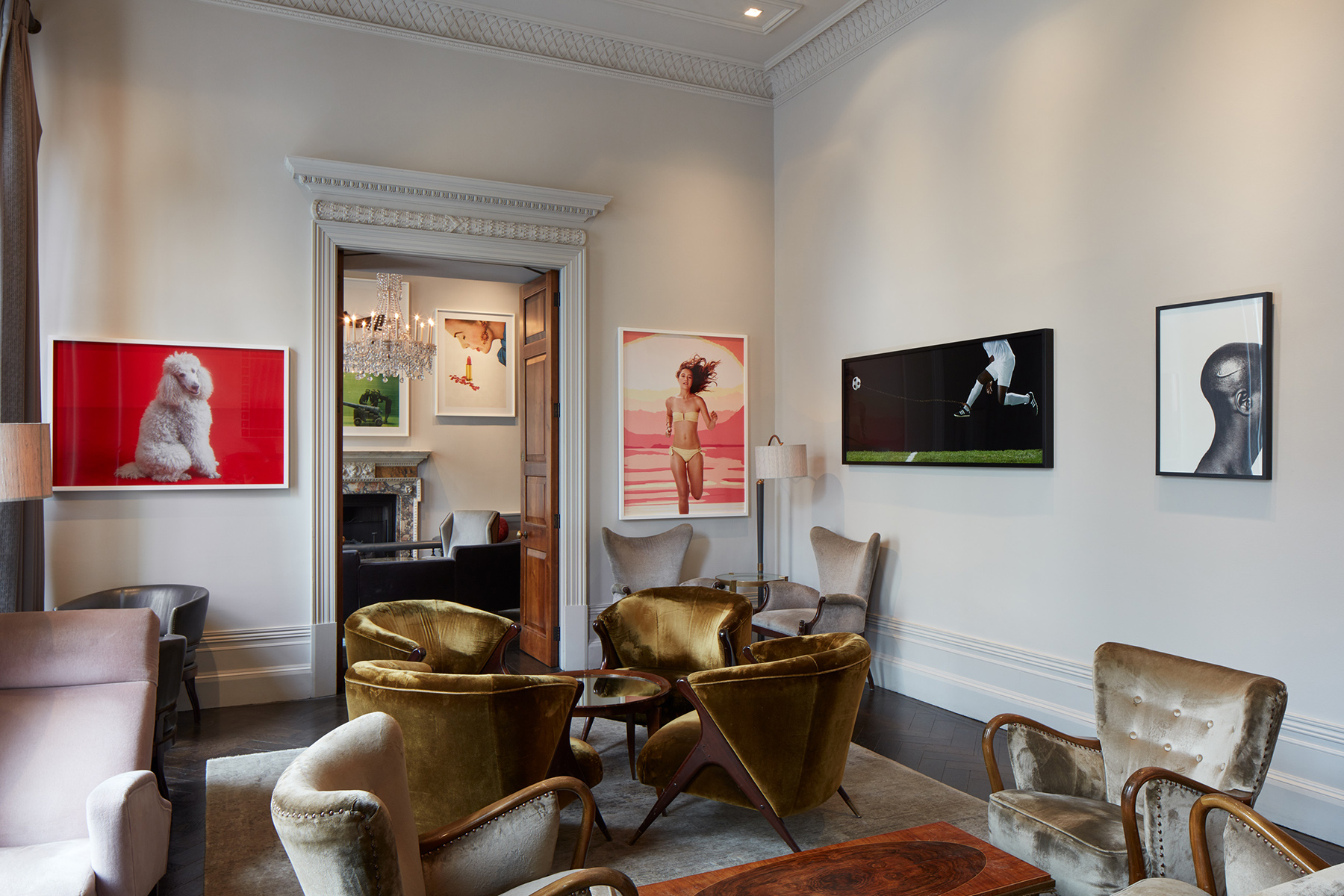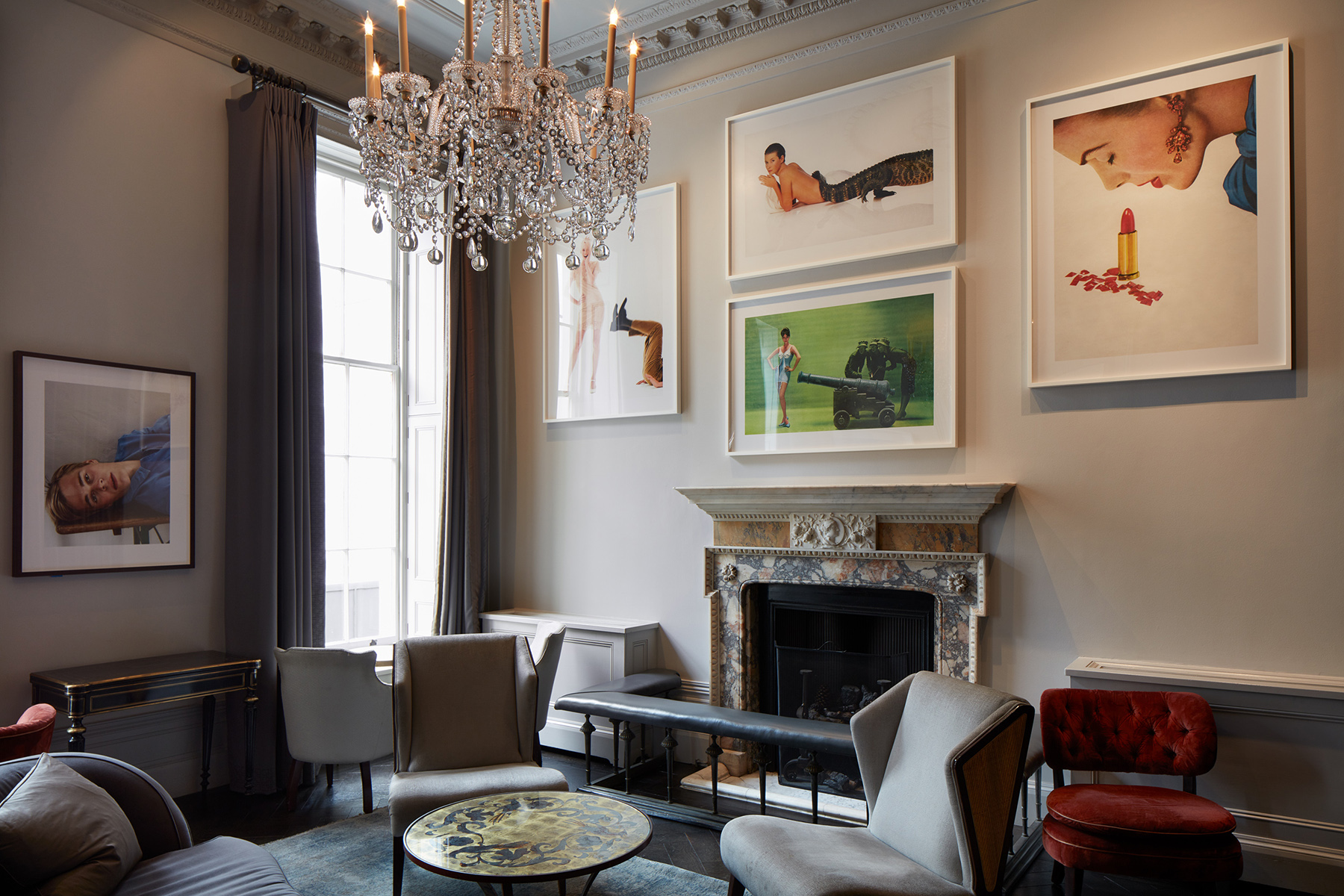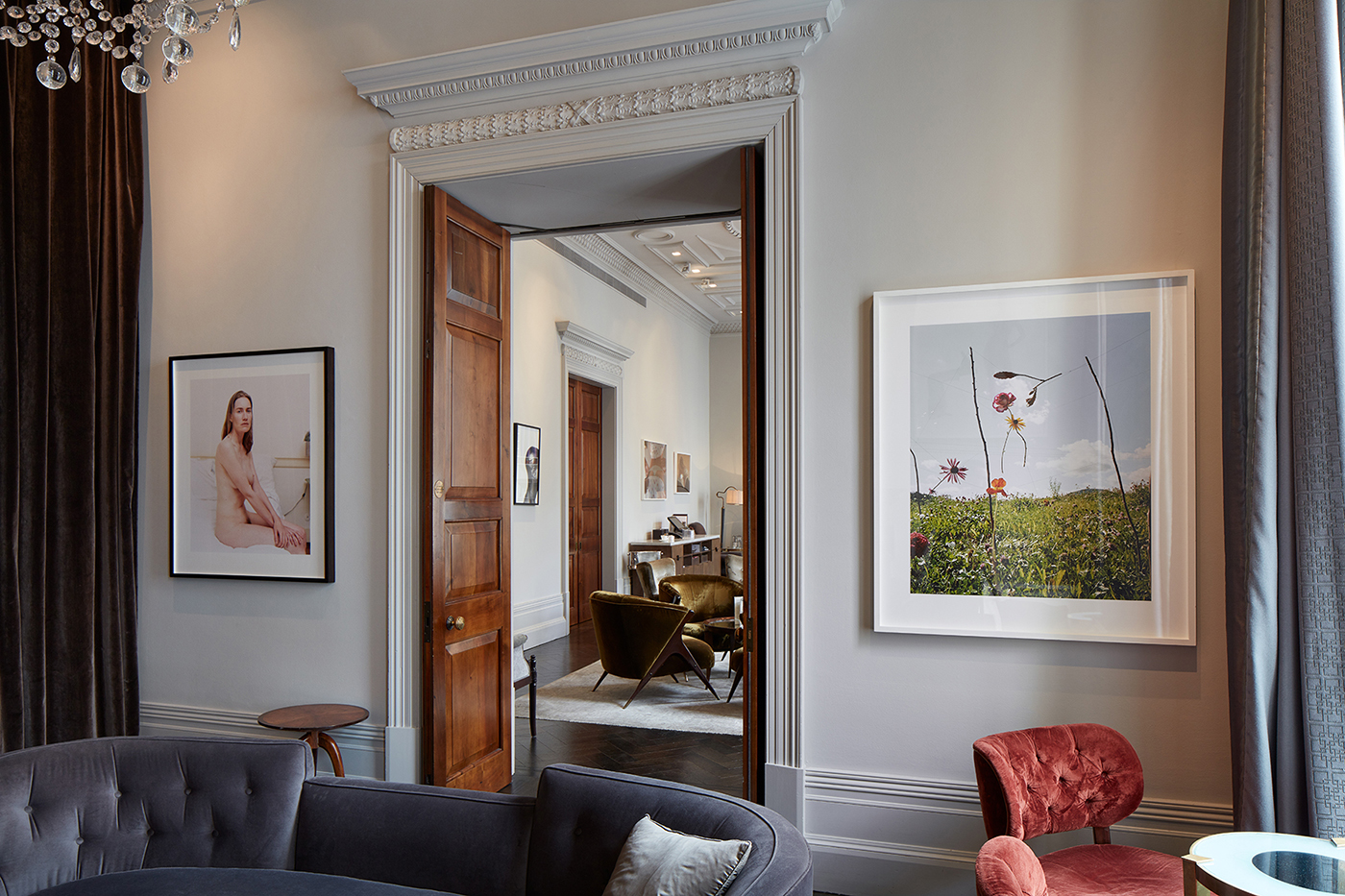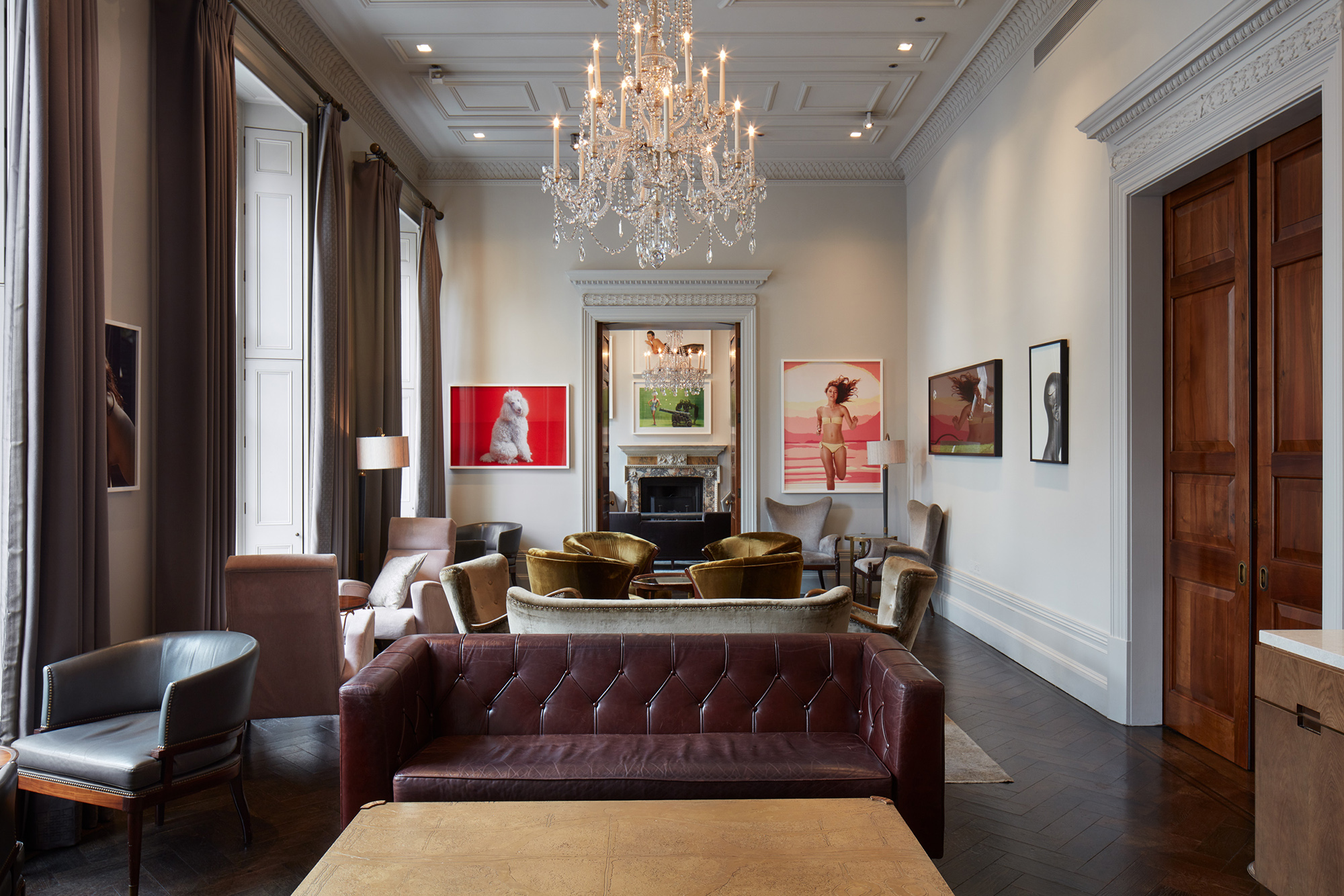Hyper-Real
— The Arts Club, London
Installation View: (Roe Ethridge) Hyper-Real, The Arts Club
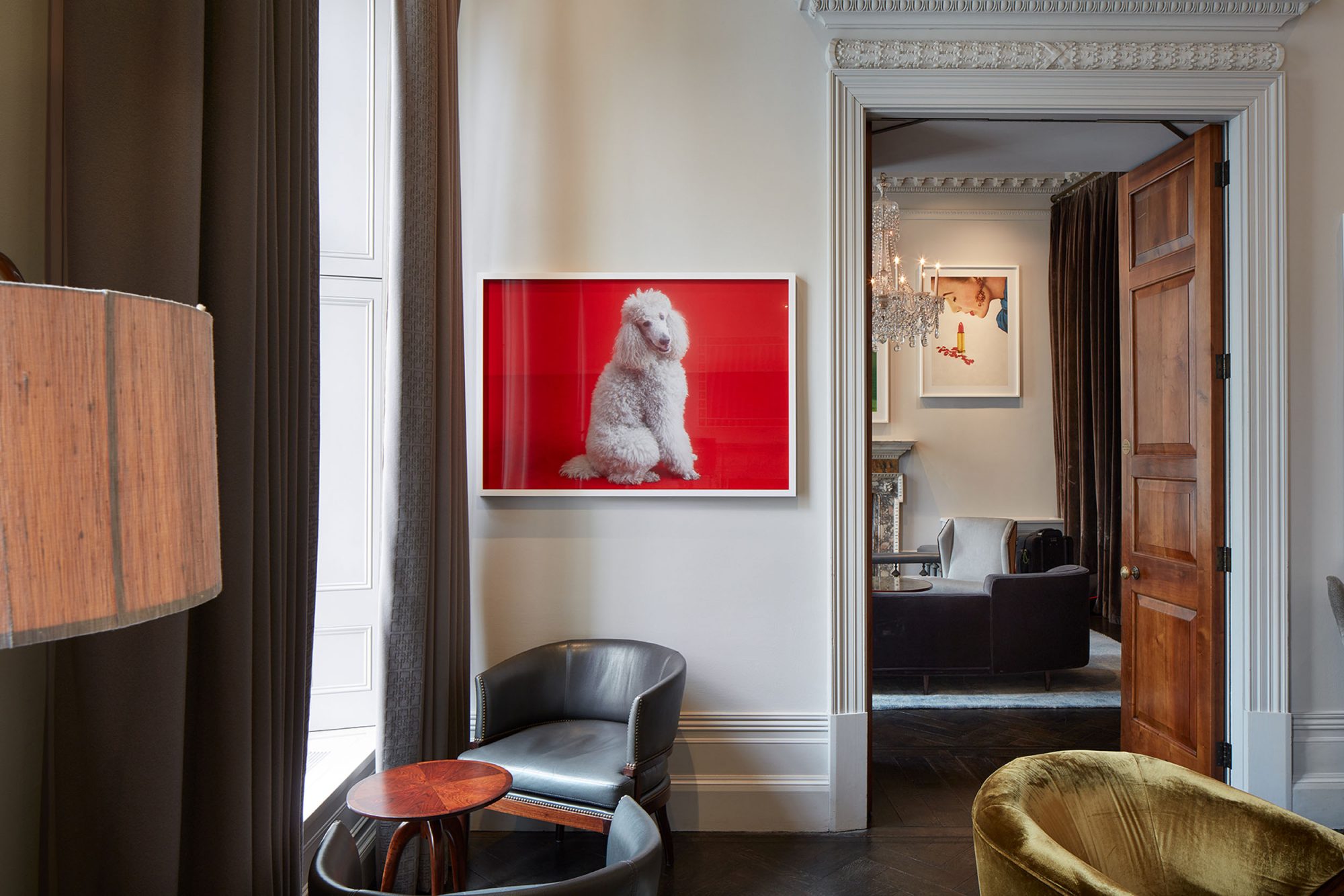
Tap to view slideshow
Hyper-real is a group photography exhibition composed of works by Roe Ethridge, Hassan Hajjaj, Torbjørn Rødland, Collier Schorr and Hank Willis Thomas. Photographic manipulation has become a deep-rooted part of today’s society; with social media, selfie culture, glossy images in magazines, and even images shared between friends being subject to some form of editing, from angles, to airbrushing, filtering, Photoshopping or otherwise enhancing images. Perhaps surprisingly given the ubiquity of the medium, instead of becoming experts on manipulation, our ability to draw distinctions between the actual and the aspirational appears to be growing hazier. Hyperreality describes a condition in which we are unable to differentiate between the fictional and the real; where there is no clear distinction between where one ends and the other begins.
The artists in Hyper-real engage with the artifice of photography, whether through the slick language of high-end advertising, through staged set-ups or through their chosen subjects. Desire, aspiration, identity and socio-political issues are all at play as artists manipulate and reinvent the nature of their medium. Torbjørn Rødland’s uncanny images are made up of familiar objects that bemuse with their surrealist constructions, becoming, as the artist describes them, ‘perverse’ in their alluring non-conformity. Roe Ethridge’s postmodern photographs explore the plastic nature of representation with edited images of models advertising nothing, using the real to subvert the ideal. Collier Schorr melds fiction and fantasy, using realist photography to investigate themes of gender and identity.
Pushing at the boundaries of cultural representations, in works such as his Kesh Angels series, artist Hassan Hajjaj blends the glossy aesthetics of a fashion shoot with Moroccan tradition and street culture to challenge Western perceptions of the hijab and female disempowerment. Hank Willis Thomas’ Unbranded series uses the ubiquitous language of advertising to talk about gender, race, class and history, calling out the stereotypes and objectification of African Americans and, in his Unbranded: White Women series, white women, perpetuated by advertisers exploiting them for profit.
Together these artists present a multi-faceted study of the nature of photography today – not the bombastic fantasies posited by much of commercial photography, but rather the more subtle shifts in perception seeping into our visual understanding of the world, calling on viewers to question the supposed objectivity of what they see.
The exhibition is curated by Amelie von Wedel and Pernilla Holmes from Wedel Art.
Roe Ethridge is represented by Andrew Kreps Gallery, New York and Greengrassi, London. Hassan Hajjaj is represented by Vigo Gallery, London. Torbjørn Rødland is represented by Galerie Eva Presenhuber, Zurich; Air de Paris, Paris; and Nils Staerk Gallery, Copenhagen. Collier Schorr is represented by Stuart Shave/Modern Art, London and Hank Willis Thomas is represented by Jack Shainman Gallery, New York, and Ben Brown Fine Arts, London. We are immensely grateful to the private collections of Rosana and Jacques Séguin, and Luo Yi for loaning their Torbjørn Rødland works.
